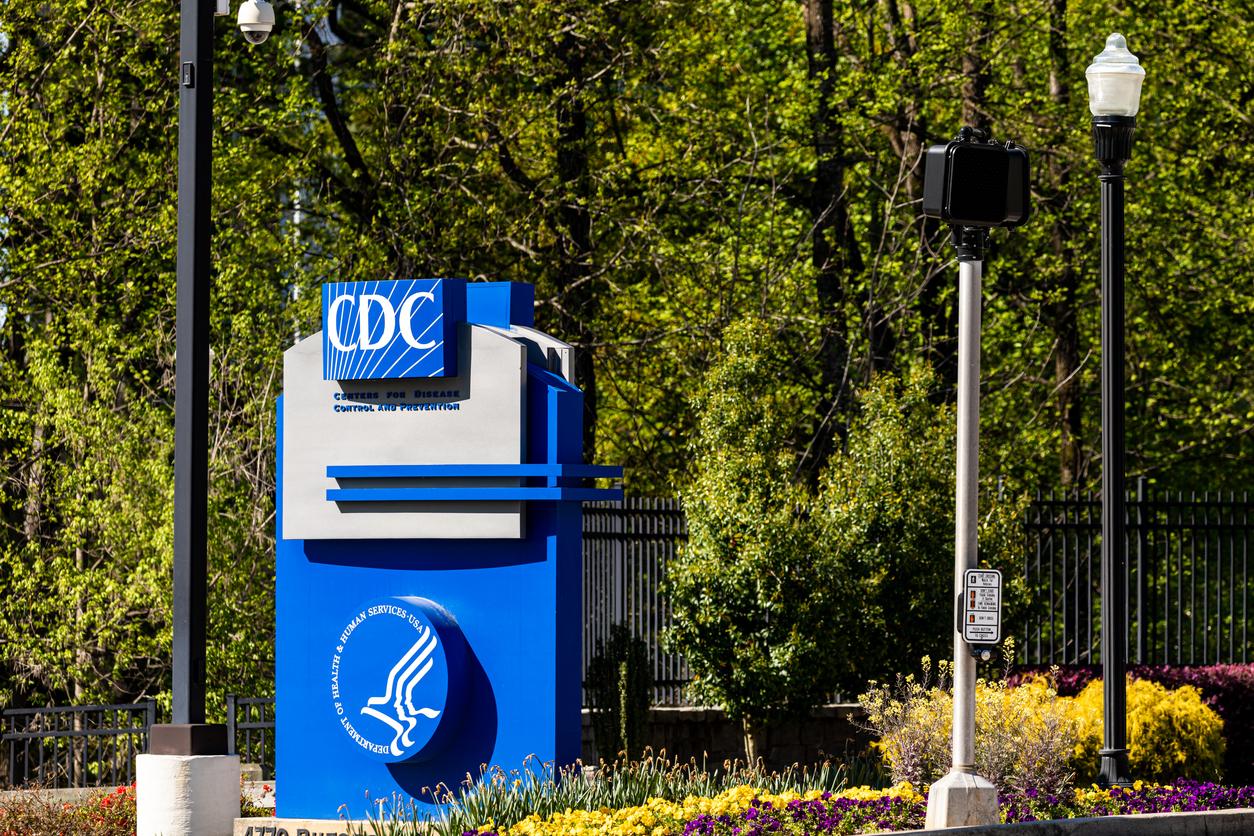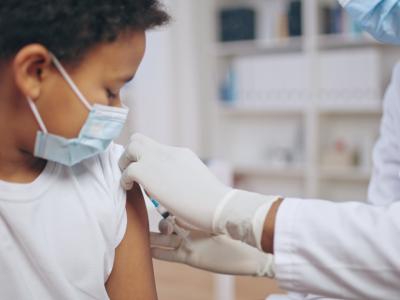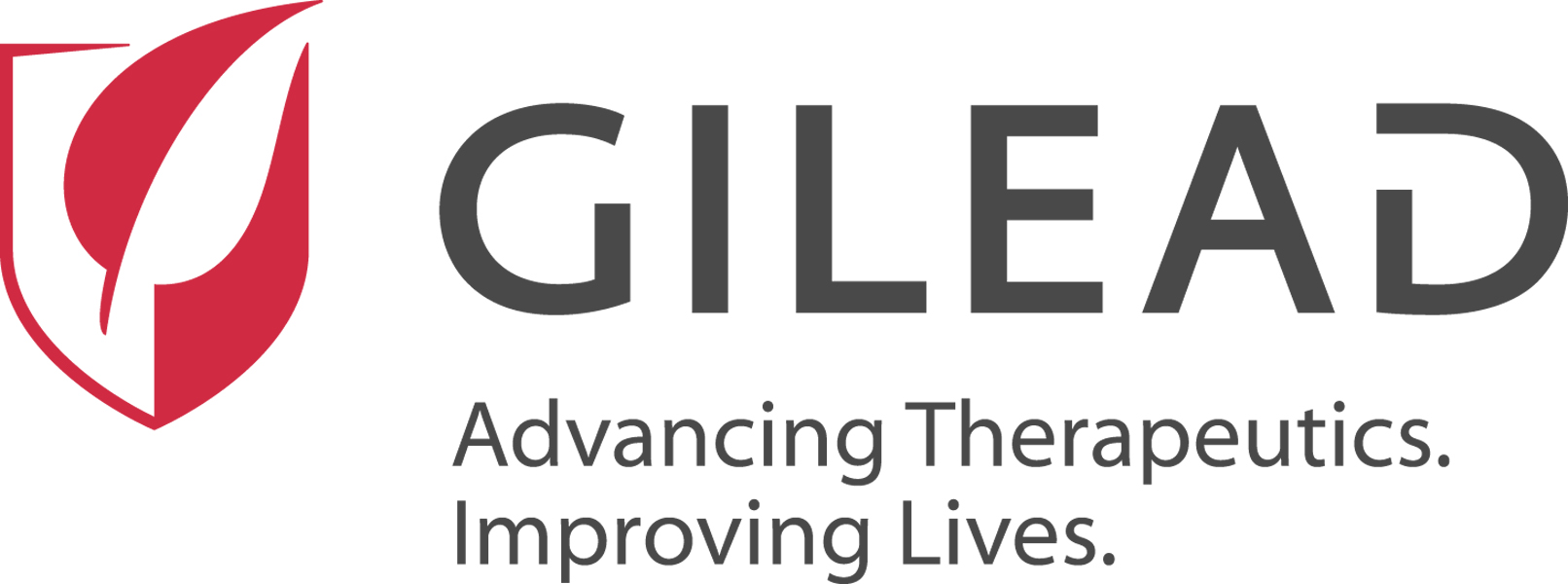Drugmaker Iterum Therapeutics today announced the US commercial launch of its new oral antibiotic for uncomplicated urinary tract infections (uUTIs).
The antibiotic, Orlynvah (sulopenem etzadroxil and probenecid), is a broad-spectrum oral penem antibiotic that's indicated for treating uUTIs caused by certain bacteria (Escherichia coli, Klebsiella pneumoniae, or Proteus mirabilis) in adult women who have limited or no alternative treatment options. Approved by the US Food and Drug Administration in October 2024, it's the first oral penem antibiotic commercially available in the United States.
uUTIs are one of the most common bacterial infections experienced by women, accounting for roughly 40 million antibiotic prescriptions a year in the United States alone. But antibiotic resistance is rising in the pathogens that typically cause uUTIs, making them more difficult to treat. A 2024 study cited by Iterum found that, in 150,000 US patients with uUTIs, 57% had infections that were resistant to at least one antibiotic class, and 13% had infections resistant to three or more.
A 'long overdue' oral alternative
"For patients who currently have limited treatment options, Orlynvah provides a long overdue oral alternative that allows for treatment in the community," Marjorie Golden, MD, chief of infectious diseases at the Saint Raphael Campus of Yale New Haven Hospital, said in an Iterum press release. "This paradigm shift in the management of patients with uUTI will not only reduce emergency department visits and hospital admissions, but it will also favorably impact patients’ quality of life."
The FDA approval of Orlynvah came despite some concerns shared with the agency by members of the Antimicrobial Drugs Advisory Committee, who cautioned that off-label use could amplify resistance to carbapenems, which are closely related to penems and are an important class of antibiotics for serious, multidrug-resistant infections.
The FDA's full prescribing information states that Orlynvah should be used only to treat uUTIs that are proven or strongly suspected to be caused by susceptible bacteria.
















